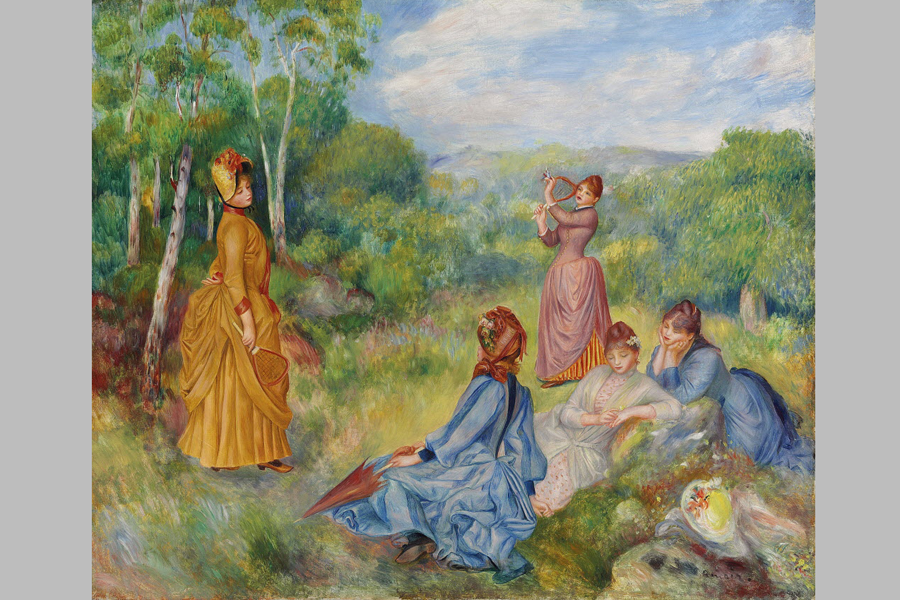Huguette Clark art collection includes Monet, Renoir
Loading...
| NEW YORK
Important paintings by Claude Monet and Pierre-Auguste Renoir are among 400 items that will be sold from a reclusive heiress' private trove at Christie's this spring, the auction house announced Friday.
The sale of Huguette Clark collection comes after a feud over her estate was settled in the fall. Some of the pieces were acquired by her father, a Montana copper king, railroad baron and senator who founded Las Vegas.
Monet's shimmering "Water Lilies," which Christie's said has not been publicly exhibited since 1926, is estimated to sell for $25 million to $35 million.
Another masterpiece in the sale is Pierre-Auguste Renoir's "Young Women Playing Badminton," with a presale estimate of $10 million to $15 million.
Both will be offered May 6.
Other items from the collection will go on sale June 18. They include a Stradivari violin, Gilded Age furniture, rare books and other paintings.
The total collection is expected to bring in more than $50 million. Selected highlights will go on view in London, Hong Kong, Tokyo and in New York prior to the sale.
Clark was the last surviving child of U.S. Sen. William A. Clark, who was born in a log cabin in Pennsylvania and became one of the wealthiest men of his day. He is the namesake of Nevada's Clark County and established its county seat, Las Vegas.
A onetime socialite who became a social shadow, Huguette Clark died at 104 in 2011. She had a penthouse and two other apartments on Manhattan's Fifth Avenue and exquisite homes in Santa Barbara, California, and New Canaan, Connecticut, but she elected to spend her last 20 years in a hospital.
With no close relatives, she left a roughly $300 million estate and a swirl of questions about the input she'd gotten from a close circle of caregivers and advisers and about the extensive gifts and bequests she'd given them in return. She signed two wills within six weeks at age 98, the first bequeathing her riches mostly to about 20 distant relatives and the second cutting them out.
The September settlement mainly benefited arts institutions and the distant relations.
The auction proceeds will go to the estate to be distributed.
Some of Clark's real estate and possessions have already been sold. A 2012 Christie's auction of 17 pieces of her jewelry, including a ring with a rare pink 9-carat diamond, brought in about $21 million.







